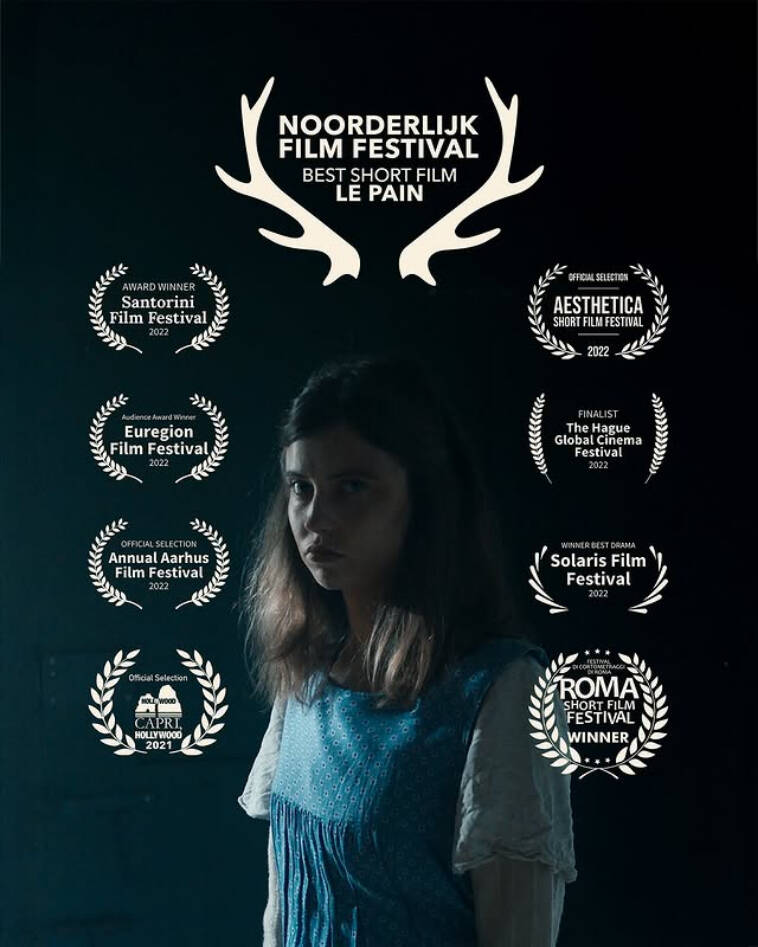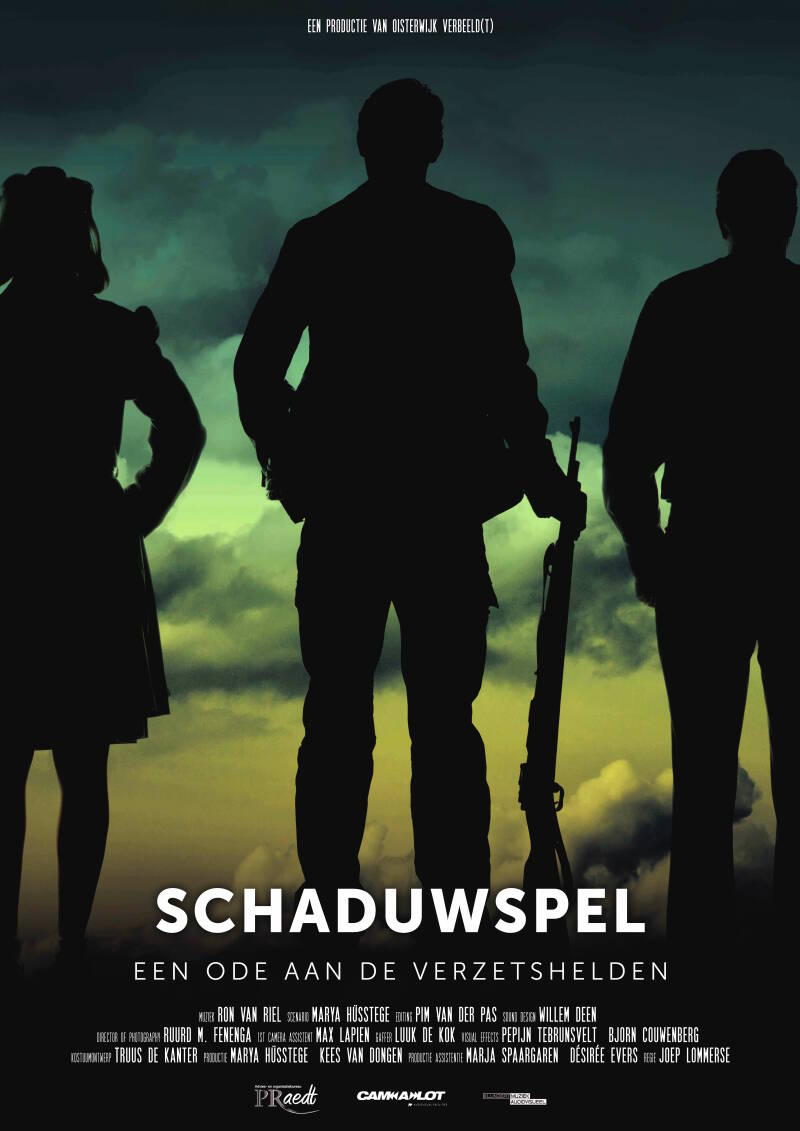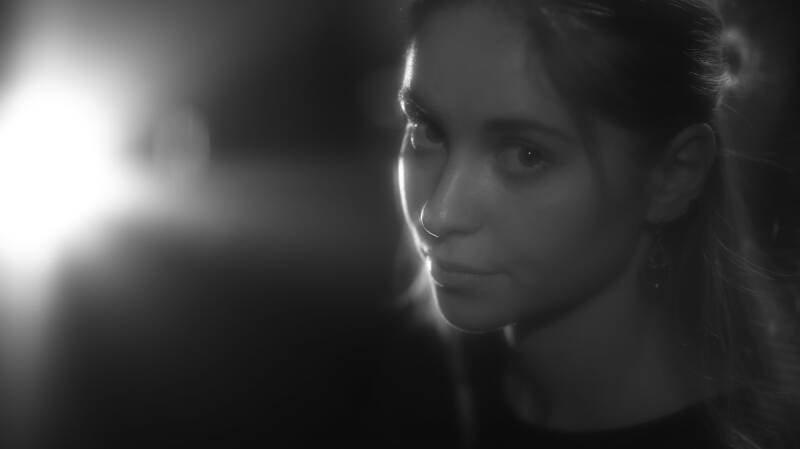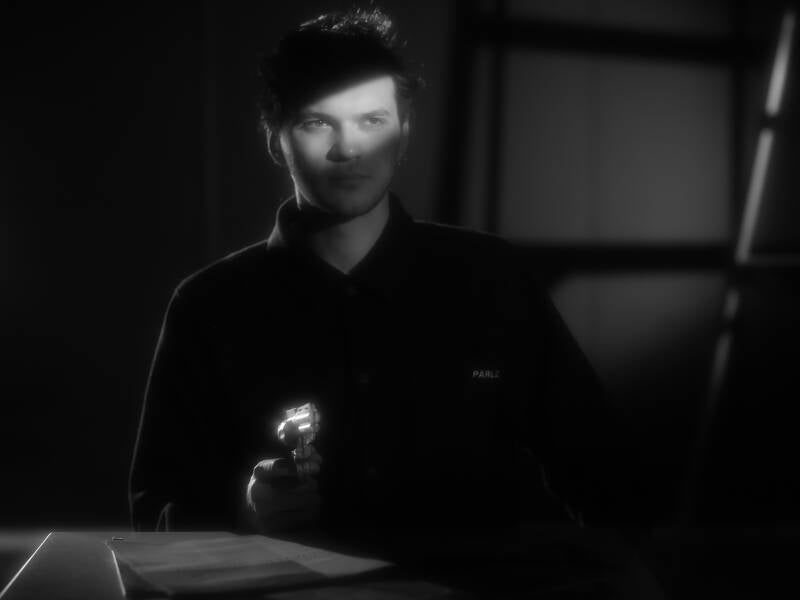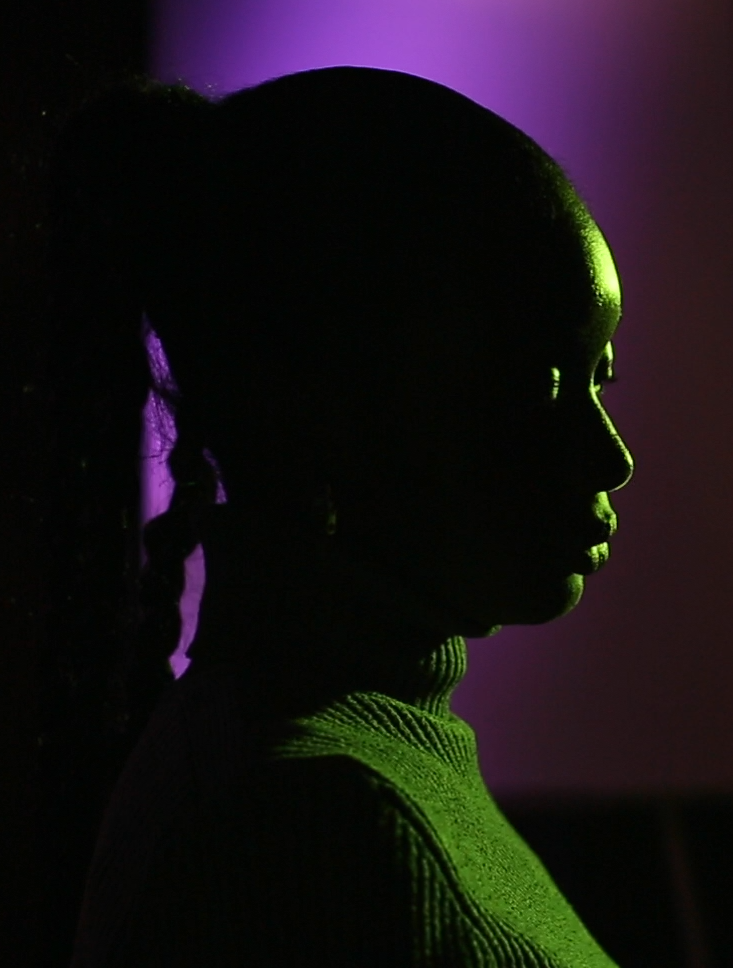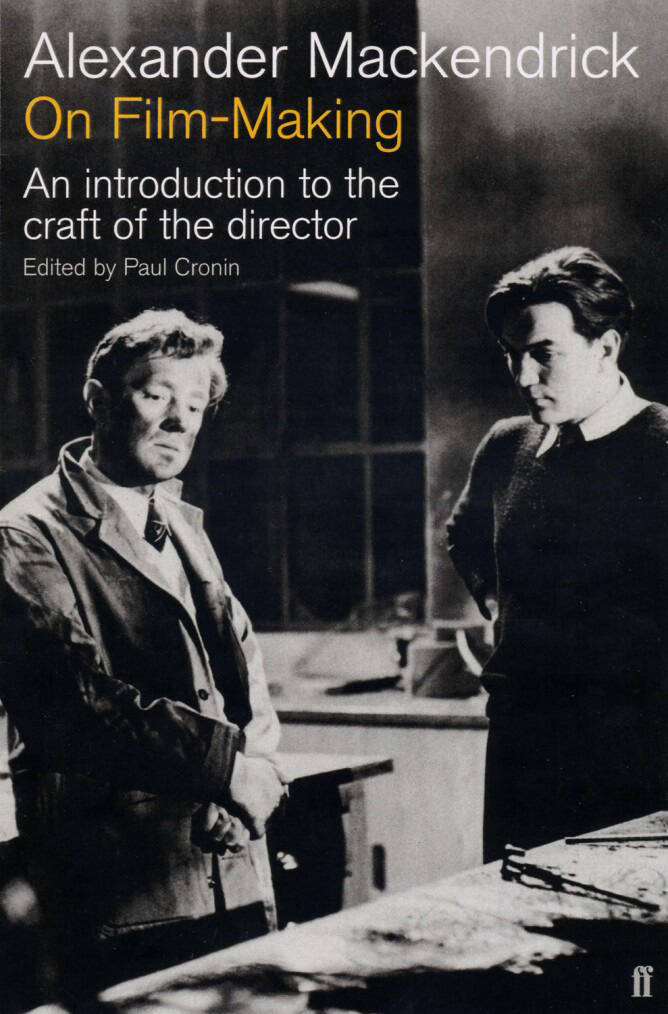Students
Page Directory
"Le Pain" - 2021 - The Short
"Le Pain" - 2021 - The Making Of
"Le Pain" - 2021 - Stills
"Schaduwspel" - Shooting a Feature Film, with Five Students
"Schaduwspel" - Trailer
"Schaduwspel" - Stills
"Schaduwspel" - Behind-The-Scenes
SAE Amsterdam - Stocking Test
Film Noir Still Images - by SAE Students
Re-Creating a Screenshot - by SAE Students
Sint-Lucas Eindhoven - Product Shot
Students Experiences - on Ruurds classes
NEW! Film Books Recommendations
NEW! Movie Recommendations
NEW! Director Recommendations
NEW! Film Noir Films Recommendations
"Le Pain" - 2021
The short film "Le Pain", was written and directed by an ex-student of mine, 26 year old Pepijn Tebrunsvelt.
"Le Pain" is a historical film that follows a house search during the 2nd World War.
A German soldier investigates whether a Jewish family is hiding in a dilapidated farmhouse that only seems to be inhabited by a French speaking Belgian girl.
Selected out of 10.000 short films from all of the world and ending up at the 2022 Aesthetic Short Film Festival in York (UK) with the last 20 films selected!
"Le Pain" - The Short
"Le Pain" - The Making Of
"Le Pain" - Stills
Shooting a feature film - with five students
A former (21 year old) student of Ruurd, asked him if he wanted to shoot his first feature.
Ruurd shot the film, used his own camera (Canon 5D Mark II), lighting, grip, audio equipment
and did the colour grading, and used the HP DreamColor Z27 monitor.
The film won the Tiliander, Den Boogaard Cultuurprijs 2014 Award.
After completing the feature film, Ruurd stated;
"It was one of the most wonderful and fun projects I have ever worked on!"
"Schaduwspel" - 2014
Feature Showreel - Montage
Stills from "Schaduwspel"
Behind-the-Scenes
Technical Information
The feature film was shot on a Canon 5D Mark II camera, using Zeiss Planar ZF lenses (lenses sponsored by Camalot, Amsterdam) and shot in the Technicolor CineStyle Profile.
In post we used the NeatVideo plug-in to reduce the noise in the image. For color grading I used FCP-X.
Lighting equipment: 5x1kw plus lots of Negative Fill in order to create a natural look.
A special stocking was used for one scene below. This particular stocking was also used by cinematographers in commercials in the 60's and 70's.
SAE Amsterdam
The students had to make a test - putting a special stocking in front of the lens and try to simulate the lighting that was used in the 1930's.
Music by Rudy Vallee, "A Kiss to Remember" and titles in the shape of the swirling swimmers of "Footlight Parade", 1933.
Below the students lighting and stocking test
Re-creating a Screenshot
The SAE students of 2023, received the assignment to bring in their favourite screenshot of a movie and re-create this in the studio.
Each lighting class I teach, I inform the students that, when they re-create their favourite screenshot, to think of (creating) layers of light, as you would do in Photoshop.
One of the students, Giulia, took the creation of layers very seriously.
Re-creating the screenshot on the left she tried lighting both actors with one light.
Which did not work. First of all because the faces are different then the original actors of the movie.
So, she created one layer of lighting of the man and another layer for the woman, this way she had total control over the amount of light hitting the actors faces.
She got rid of the spill-light on the rest of their bodies by using flags.
She did an excellent job on re-creating this screenshot!
Giulia's
favourite movie screenshot
Giulia's re-creation of her favourite
movie screenshot
SintLucas Eindhoven
The students received an assignment - creating a product-shot. They could pick any of five products and light it accordingly.
Below a students product shot
Student Experiences
Film Books - Recommendations
"Painting With Light"
by John Alton, ASC
"It's Not What you Light - It's What You DON'T Light."
Quote by
-- John Alton, ASC --
"Alexander Mackendrick
On Film-making"
Edited by Paul Cronin
Foreword by Martin Scorsese
"Remember, Movies Show and Tell."
Quote by
Alexander Mackendrick
A few quotes from this wonderful book:
"If the scene is uninteresting in cinematic terms, then layer upon layer of dialogue will only make it more so.
One of the tasks of the director as (s)he transfers a screenplay to the medium of the moving-image-with-sound is almost to forget what his characters are saying and re-imagine their behaviour as being mute, so that all thoughts, feelings and impulses are conveyed to the audience through - sound and vision - without speech.
"Hitchcock is suggesting that a good film should be ninety percent understandable even if dubbed into a language no one sitting in the auditorium understands.
Why?
Because a well-written, acted and directed film should be able to convey its emotional meaning through the inventive use of film grammar, not words.
And it is of course, the emotional and dramatic content of any scene that really counts".
Movie - Recommendations
1930
1940
1950
1960
1970
1980
1990
2000
2010
2020
Directors - Recommendations
Stanley Kubrick
Alfred Hitchcock
William Wyler
Alexander Mackendrick
Louis Buñuel
Roman Polanski
John Frankenheimer
Jean-Luc Godard
Martin Scorsese
Mel Brooks
Sydney Pollack
Francis Ford Coppola
Robert Bresson
Mike Nichols
Scott Hicks
A biography (one of my favourite movies)
The Boulting Brothers
François Truffaut
Louis Malle
Elevator to the Gallows - 1958
(Ascenseur pour L'échafaud)
Gus Van Sant
David Lynch
David Lean
Lars von Trier
David Fincher
Guy Hamilton
F.W. Murnau
John Ford
Steven Spielberg
Fritz Lang
Thomas Vinterberg
Ingmar Bergman
Luchino Visconti
Lewis Milestone
Mervyn Leroy
John Huston
Jean-Pierre Melville
Sam Peckinpah
Billy Wilder
Carl Theodor Dreyer
George Roy Hill
Richard Brooks
Michael Curtiz
Ernst Lubitsch
Federico Fellini
Robert Wise
Akira Kurosawa
Tay Garnett
Jules Dassin
Fred Zinnemann
G.W. Pabst
Orson Welles
Howard Hawks
Kenji Mizoguchi
Jacques Becker
Jacques Tati
John Cassavetes
Leni Riefenstahl
Maurice Tourneur
Milos Forman
Mikhail Kalatozov
Norman Jewison
Otto Preminger
Peter Bogdanovich
Peter Weir
Sergio Leone
Sidney Lumet
Vittorio de Sica
George Cukor
Henry King
Yasujirô Ozu
John Brahm
Mark Robson
Michael Haneke
Florian Henckel von Donnersmarck
Guillermo del Toro
The Lives of Others - 2006
(Das Leben der Anderen)
Lewis Gilbert
Phil Karlson
Henry Hathaway
Roberto Rossellini
Rob Reiner
Ridley Scott
Sam Mendez
Film Noir Films - Recommendations
Excerpt from the Film Noir Keynote
"The History of Film Noir from beginning to end"



